当前位置:
X-MOL 学术
›
J. Child Lang.
›
论文详情
Our official English website, www.x-mol.net, welcomes your
feedback! (Note: you will need to create a separate account there.)
Learning to comprehend and explain spatial metaphors for time in Chinese
Journal of Child Language ( IF 1.7 ) Pub Date : 2025-04-21 , DOI: 10.1017/s0305000925000145 Jing Paul 1 , Lauren J. Stites 2 , Şeyda Özçalışkan 2
Journal of Child Language ( IF 1.7 ) Pub Date : 2025-04-21 , DOI: 10.1017/s0305000925000145 Jing Paul 1 , Lauren J. Stites 2 , Şeyda Özçalışkan 2
Affiliation
Time is frequently structured in terms of motion as moving-time (e.g., “summer is coming”), moving-ego (e.g., “we approach winter”), or sequence-as-position (e.g., “winter follows autumn”) across the world’s languages, including Chinese – a language that shows greater variability in its expression of such metaphors. Using a metaphor explanation and a metaphor comprehension task, we tested 60 children learning Chinese, equally divided into ages 3–4, 5–6, 7–8. Children’s performance improved with age, marking ages 7–8 as the period with significant gains in both comprehension and explanation of metaphors – a later mastery compared to children learning English shown in earlier work. Metaphor type also affected children’s performance, but only for the explanation and not the comprehension of metaphors. Overall, our findings highlight that the structure of spatial metaphors for time in Chinese influences the timing but not the trajectory of children’s development in learning spatial metaphors for time.
中文翻译:

学习理解和解释中文中时间的空间隐喻
在世界语言中,包括中文在内的世界语言中,时间经常被构建为移动时间(例如,“夏天来了”)、移动的自我(例如,“我们接近冬天”)或位置顺序(例如,“冬天追随秋天”——这种语言在表达此类隐喻时表现出更大的可变性。使用隐喻解释和隐喻理解任务,我们测试了 60 名学习汉语的儿童,平均分为 3-4 岁、5-6 岁、7-8 岁。儿童的表现随着年龄的增长而提高,7-8 岁是理解和解释隐喻方面都有显着进步的时期——与早期工作中显示的儿童学习英语相比,这种掌握程度较晚。隐喻类型也影响了孩子的表现,但仅限于解释,而不是对隐喻的理解。总体而言,我们的研究结果强调,中文时间空间隐喻的结构影响儿童学习时间空间隐喻的时间,但不影响儿童学习时间空间隐喻的发展轨迹。
更新日期:2025-04-21
中文翻译:

学习理解和解释中文中时间的空间隐喻
在世界语言中,包括中文在内的世界语言中,时间经常被构建为移动时间(例如,“夏天来了”)、移动的自我(例如,“我们接近冬天”)或位置顺序(例如,“冬天追随秋天”——这种语言在表达此类隐喻时表现出更大的可变性。使用隐喻解释和隐喻理解任务,我们测试了 60 名学习汉语的儿童,平均分为 3-4 岁、5-6 岁、7-8 岁。儿童的表现随着年龄的增长而提高,7-8 岁是理解和解释隐喻方面都有显着进步的时期——与早期工作中显示的儿童学习英语相比,这种掌握程度较晚。隐喻类型也影响了孩子的表现,但仅限于解释,而不是对隐喻的理解。总体而言,我们的研究结果强调,中文时间空间隐喻的结构影响儿童学习时间空间隐喻的时间,但不影响儿童学习时间空间隐喻的发展轨迹。



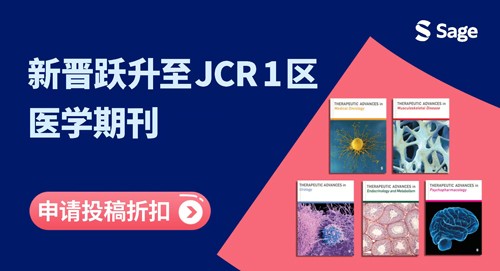
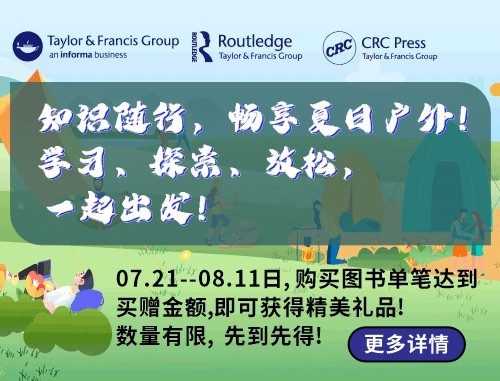









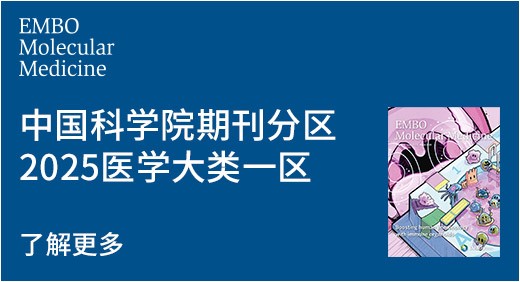







































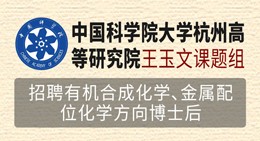
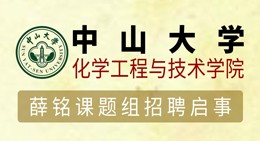
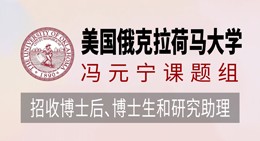

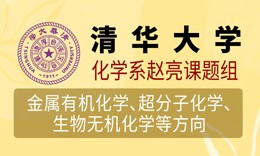



 京公网安备 11010802027423号
京公网安备 11010802027423号